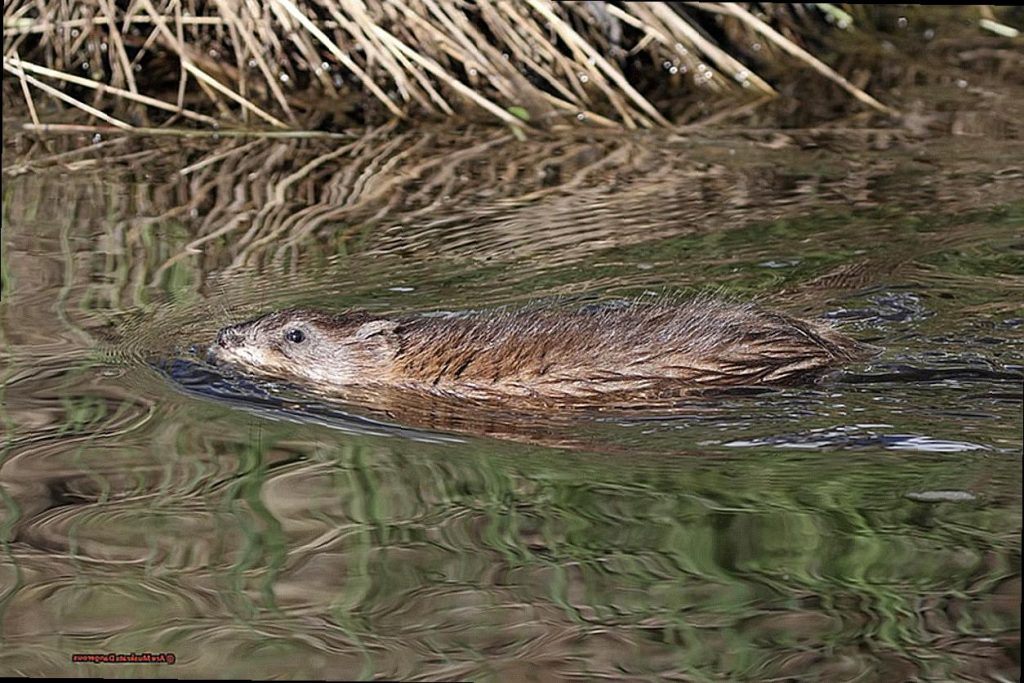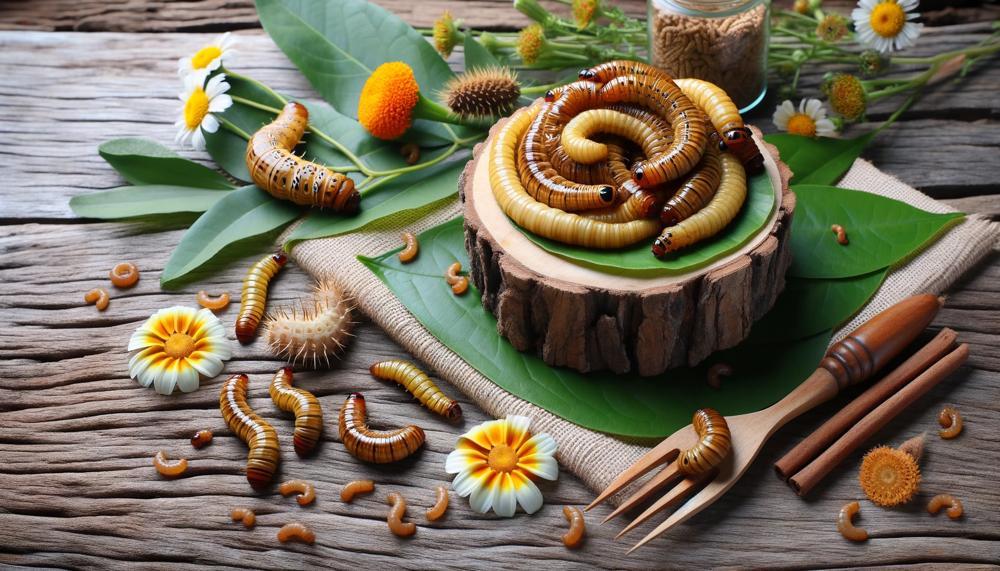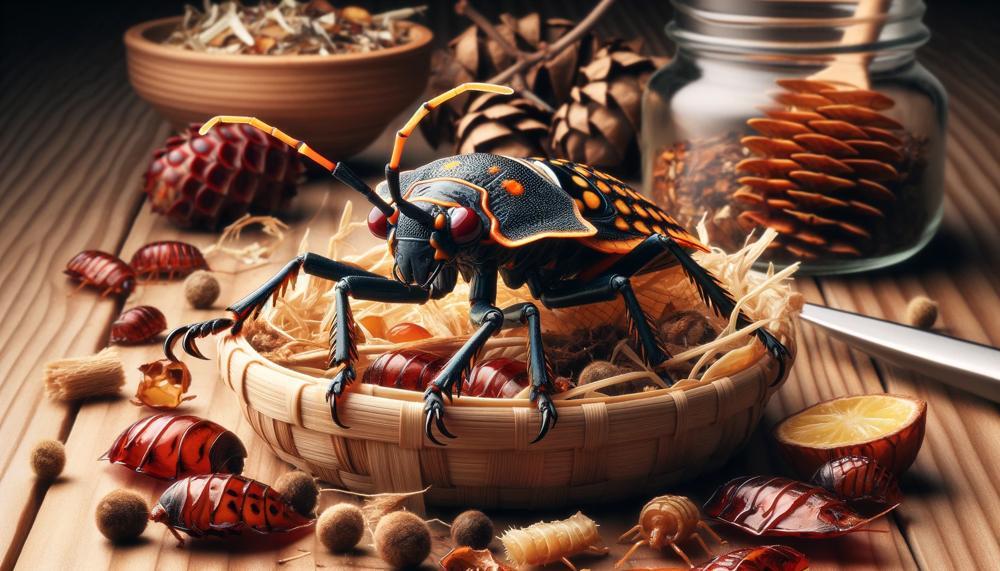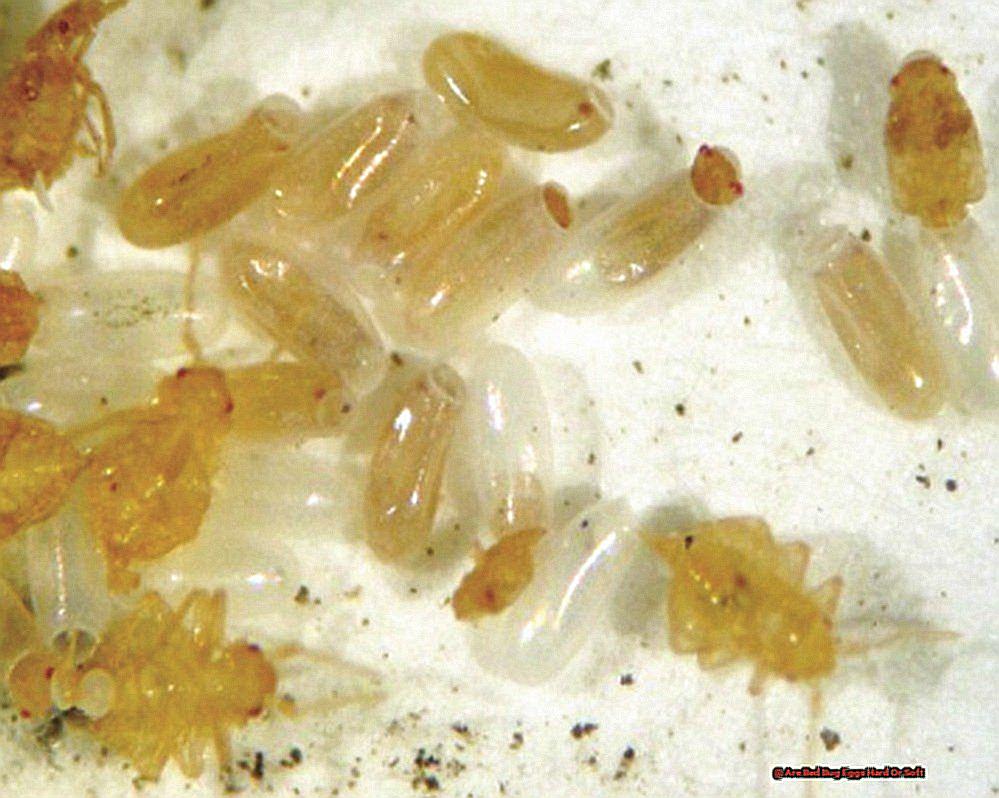At first glance, muskrats may seem like adorable and harmless creatures with their round bodies and cute whiskers.
However, don’t let their charming appearance deceive you – these small mammals can pose a serious threat to both humans and the environment. As semi-aquatic animals, muskrats are often found near bodies of water such as ponds, lakes, and rivers.
While they play a vital role in maintaining wetland ecosystems, their presence can also have negative consequences. In this blog post, we will delve into the potential dangers of muskrats and how they can impact our surroundings.
So put on your waders and join me as we explore the world of these seemingly innocent critters.
Table of Contents
Where Do Muskrats Live?
Muskrats, intriguing creatures that have adapted to thrive in various environments, can be found in wetlands, marshes, and ponds all across North America. While they may appear harmless, there are potential dangers that come with having muskrats residing on or near your property.
So where exactly do these semi-aquatic rodents live? Let us delve into their natural habitats and the hazards they may pose as pests.
Muskrat Habitats: Wetlands, Ponds, and More
Wetlands, including swamps and marshes, are the most common habitats for muskrats. These areas provide an ideal living environment for these animals, as they offer an abundance of food sources such as aquatic plants, insects, and small fish. The fully or partially submerged areas also provide soft soil for muskrats to burrow and construct their lodges, or homes.
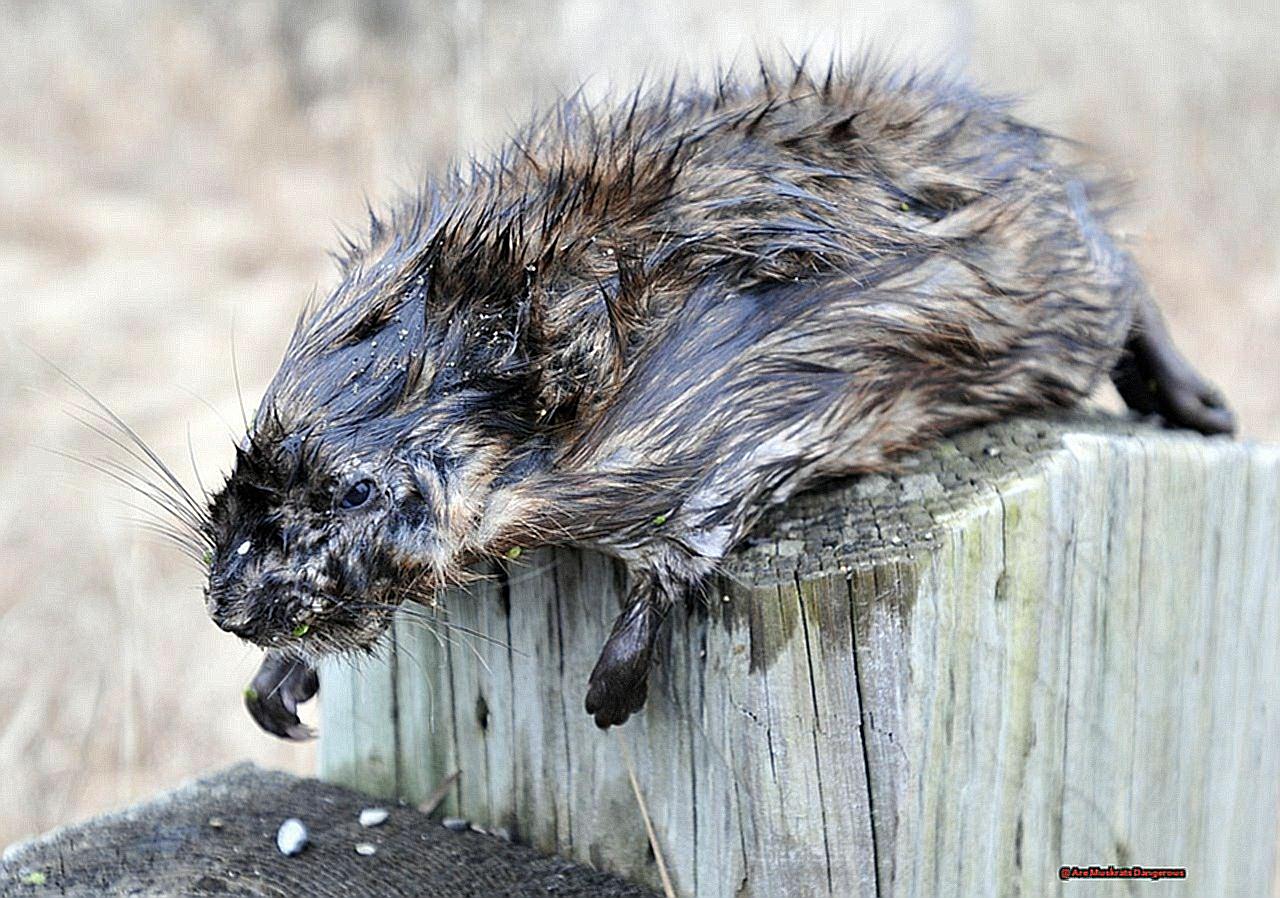
Aside from wetlands, muskrats can also inhabit other bodies of water, such as lakes, ponds, and slow-moving rivers. These habitats offer similar food sources and building materials for their lodges. However, unlike wetlands, these areas may not have as much vegetation or hiding places for muskrats to seek shelter from predators.
Potential Dangers of Muskrats Living in Wetlands and Other Bodies of Water
The living environment of muskrats plays a significant role in the risks they may pose as pests. With their exceptional swimming abilities, muskrats can easily navigate through waterways and access human-made structures such as dams, ditches, and irrigation canals. These structures not only provide an easy food source for muskrats but also serve as potential entry points into human properties.
One of the potential dangers of having muskrats nearby is their ability to cause damage to property. Their burrowing activities can weaken the foundations of structures such as dams and levees, leading to flooding.
What Attracts Muskrats
While muskrats may initially seem like adorable and harmless creatures, they can quickly become a nuisance when they invade your property. These semi-aquatic rodents are drawn to dependable food sources and secure areas to build their dens. As a muskrat expert, I have compiled valuable insights on what attracts these pesky critters and how homeowners can prevent them from infiltrating their land.
Food Sources:
One of the primary lures for muskrats is food. As herbivores, these creatures feed primarily on aquatic vegetation, such as cattails. However, they may also resort to consuming fruits and vegetables if their natural food sources are scarce. If you have a pond or lake on your property, it is crucial to maintain it properly and eliminate any excessive vegetation that may serve as a food source for muskrats. Installing pond liners or utilizing netting can also help prevent these rodents from accessing the vegetation in the water.
Secure Dens:
Thanks to their impressive swimming abilities, muskrats are adept at constructing dens in bodies of water on your property. These dens serve not only as shelter but also as breeding grounds for muskrats. To deter these creatures from building dens on your land, consider installing fencing around ponds or lakes. This will not only keep them out but also safeguard your property from any potential damage caused by their burrowing.
Limiting Food Availability:
Aside from their natural food sources, muskrats are also attracted to human-provided food sources such as bird feeders, pet food, and gardens. To restrict their access to these sources of sustenance, consider using mesh fencing around gardens and storing pet food indoors. Additionally, natural repellents like garlic powder or Cayenne pepper spray can be effective deterrents when applied around your garden.
Wondering if Muskrats Are Bad for Ponds?
The answer is a resounding yes. These small, semi-aquatic rodents may seem innocent, but they can cause significant damage to the delicate ecosystem of a pond. From devouring plants to creating holes in the banks, muskrats can quickly become a major headache for pond owners. However, don’t despair – there are effective methods for keeping these pesky critters at bay. In this post, we’ll delve into these strategies and their potential benefits and drawbacks.
Trapping
One of the most popular and successful ways to deal with muskrats is through trapping. This method involves setting traps near burrow entrances or along their usual paths. When triggered, the traps will capture the muskrat alive, allowing for relocation away from the pond.
- Pros: Trapping is a targeted approach that directly addresses the issue of muskrats in the pond. It also allows for the humane relocation of captured animals.
- Cons: While trapping may seem like a compassionate solution, it’s important to note that improper handling can result in injury or even death for the muskrat. Additionally, regular monitoring and maintenance of traps are necessary.
Netting or Bank Liner
Another option for deterring muskrats is through the use of netting or a bank liner around the pond. Netting should be spread over the entire surface of the water, while a bank liner should be buried underground along the edges to prevent burrowing.
- Pros: Netting and bank liners are cost-effective measures for protecting ponds from muskrats. They require minimal upkeep and are also effective at repelling other pests.
- Cons: The installation process can be complex and time-consuming. Netting may also be unsightly and prone to getting caught on equipment or plants in the pond.
Eliminating Food Sources
Muskrats are drawn to ponds because of the abundance of food sources.
Are Muskrats Dangerous?
The enigmatic muskrat, a semi-aquatic rodent commonly found in wetlands and backyard ponds, may appear harmless and endearing at first glance. However, do not be fooled by their cute appearance, as these creatures have been known to exhibit aggressive behavior towards both pets and humans. This, coupled with their potential for spreading diseases, makes them a force to be reckoned with.
During breeding season, muskrats become fiercely protective of their young and can quickly turn from docile to aggressive if they feel threatened or cornered. A simple act of provocation can result in a painful bite, posing a danger to unsuspecting pets or children. Such aggression is a natural defense mechanism for these creatures, but it can have serious consequences for those who are not equipped to handle them.
But it’s not just their aggression that we need to be wary of. Muskrats can also spread various diseases, including the infamous rabies. This deadly virus can easily be transmitted through bites or contact with contaminated meat or water. In addition, muskrats are carriers of other diseases such as tularemia, leptospirosis, hemorrhagic disease, pseudotuberculosis, ringworm disease, and various parasites. Such ailments can have severe implications for both humans and animals.
To safely remove muskrats from your property, it is crucial to take appropriate measures. These may include trapping by trained professionals, installing netting with small holes around water bodies, building underground perimeter fencing, using over-the-counter repellents on vegetation and water bodies, or hiring a professional pest control service. It’s essential to note that trapping should only be done by experts to ensure the safety of all parties involved.
As the old adage goes, prevention is better than cure. To avoid the potential dangers posed by muskrats, it’s important to take preventive measures such as keeping yards and ponds clean and free of debris.
How To Get Rid of Muskrats Naturally
Living near a body of water often means encountering muskrats. These stout-bodied, short-legged rodents with long scaly tails may seem harmless and adorable, but many people wonder if they pose any danger.
In this blog post, we will discuss practical and eco-friendly methods for getting rid of muskrats without causing harm to the environment or other wildlife. As a natural pest control expert, I have compiled research and personal experiences to provide safe and effective solutions for readers looking to remove these pests from their surroundings.
- Utilize plastic pond liners or chicken wire: Prevent muskrats from digging and burrowing in your pond by installing a plastic liner or covering the edges with chicken wire. This will make it challenging for muskrats to create burrows and discourage them from settling in your pond.
- Install pond netting: If you want to keep muskrats out while still allowing other species to thrive in your pond, consider using pond netting. This will create a barrier for muskrats without disrupting other wildlife.
- Construct a fence: A fence around your property, extending into the water source, can help keep muskrats away.
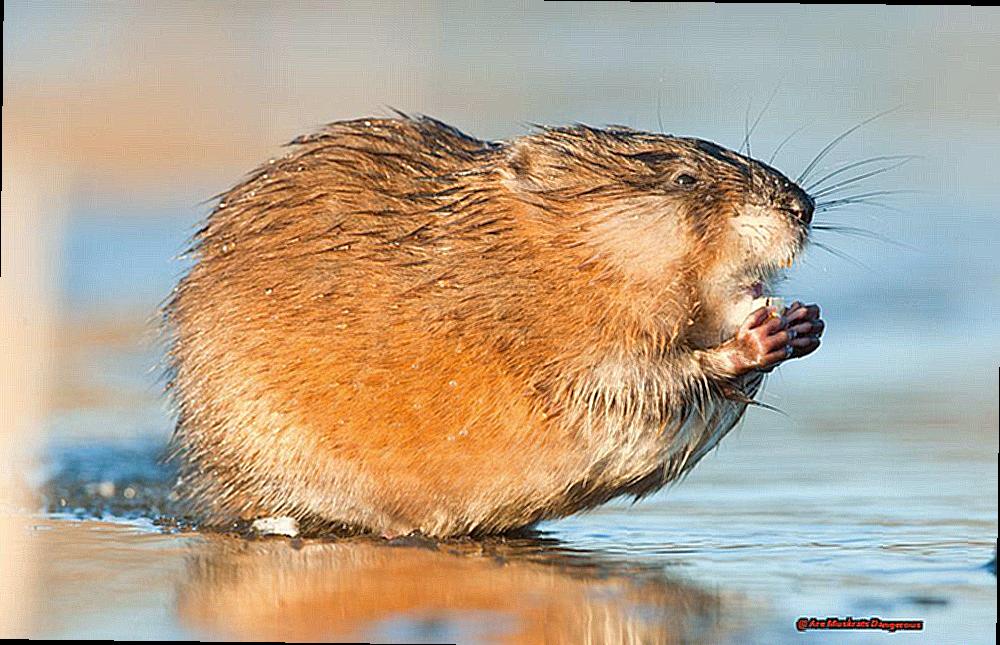
Use a Muskrat Repellent
Muskrats may appear charming and harmless, but they can be detrimental to your property, particularly if you reside near bodies of water. These rodents are notorious for their digging and burrowing tendencies, which can weaken structures and result in flooding. If you have a muskrat infestation on your hands, there are various effective methods to deter them from your property.
Sprinklers
One of the simplest yet most efficient ways to discourage muskrats is by installing sprinklers. These pests despise being wet, so a motion-activated sprinkler placed near their entry points can effectively keep them at bay. The sound of the sprinkler can also add an extra layer of scare tactics.
Predator Scents
As prey animals, muskrats are easily spooked by the scent of predators. You can acquire predator urine, such as fox or coyote urine, and spray it around your property’s perimeter or near known muskrat activity areas. This will trick the muskrats into believing that a predator is nearby, causing them to avoid the area.
Natural Repellents
There are several natural repellents you can utilize to deter muskrats from your property. These include cayenne pepper, garlic plants, and castor oil. Sprinkle these substances around your property’s perimeter or near entry points to create a barrier that muskrats will steer clear of.
Trapping
Trapping is a popular method for removing muskrats from properties, but it should only be done by professionals. Trapping involves strategically placing traps in areas where muskrats are known to frequent and then relocating them to a more suitable habitat.
Regular Maintenance
The key to keeping muskrats away from your property is by making it less appealing to them.
Modify Their Habitat
These troublesome rodents can cause considerable harm to your property, particularly if you live near water. However, fear not, as there are various ways to modify your garden’s habitat and discourage muskrats from settling in. From altering the surroundings to utilizing repellents and physical barriers, here’s a comprehensive guide.
Drain Ponds and Trim Vegetation
One effective method of deterring muskrats from making themselves at home in your garden is by limiting their access to food. As herbivores, muskrats feed on aquatic plants, so draining ponds and trimming vegetation can make it challenging for them to find sustenance. This tactic works best in the autumn when muskrats do not stockpile food for the winter.
Consider the Impact on Other Wildlife
While draining ponds and trimming vegetation may discourage muskrats, it’s vital to take into account the impact on other wildlife. Draining a pond can disrupt the ecosystem and harm other animals that depend on it for survival. It’s crucial to strike a balance between deterring muskrats and preserving the environment for other creatures.
Eliminate Reliable Food Sources and Safe Dens
Muskrats are drawn to dependable sources of food and secure areas for their dens. If you have a garden pond, be sure to remove any floating plants or debris that could provide a constant food supply for muskrats. You can also eliminate any thickly vegetated areas that may serve as a cozy den for these rodents.
Use Repellents
Repellents are another useful way to discourage muskrats from taking up residence in your garden. Homemade sprays made with garlic or castor oil can be sprayed around the perimeter of your garden to repel muskrats.
Use Muskrat Traps
Controlling muskrat populations can be a daunting task, especially when these creatures are known for their destructive behaviors. From gardens to ponds, they can cause significant damage to outdoor areas. That’s why it’s crucial to take action before things spiral out of control. And one of the most effective ways to do so is by using traps. But with a plethora of options available, which ones are recommended for catching muskrats? Let’s delve into the world of trapping and explore some of the best options.
Long Spring Foothold Traps:
Also known as leg hold traps, these have been used for centuries to catch muskrats. They work by clamping down on the animal’s leg when triggered, rendering it immobile until you come to retrieve it. These traps are relatively affordable and easy to set up, making them a popular choice among trappers.
Coil Spring Foothold Traps:
Similar to long spring traps, coil spring foothold traps snap shut when triggered, capturing the muskrat’s leg. However, they have a stronger hold and are more effective at immobilizing larger muskrats. While they may be more expensive than long spring traps, they are worth the investment if you’re dealing with bigger muskrats.
Stovepipe Traps:
Another popular option for catching muskrats is the stovepipe trap. It consists of a long metal tube with a trap door at one end and bait at the other. When the muskrat enters the tube to reach the bait, the trap door snaps shut behind it, effectively trapping the animal inside. These traps are both humane and reusable.
Conibear Traps:
Designed for quick and humane kills, conibear traps are another effective option for catching muskrats. These large square-shaped traps feature two spring-loaded arms that snap shut when triggered by the animal.

